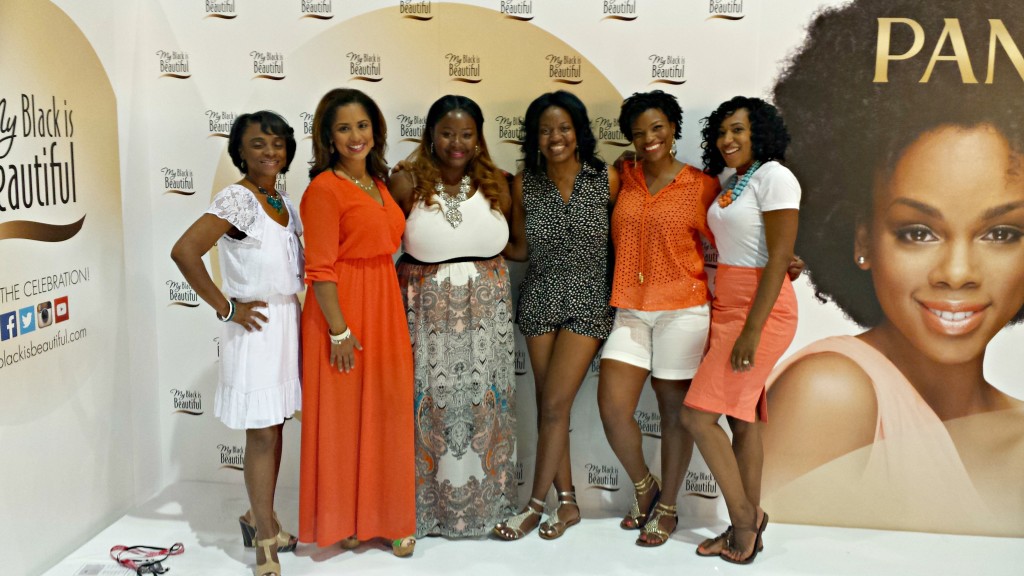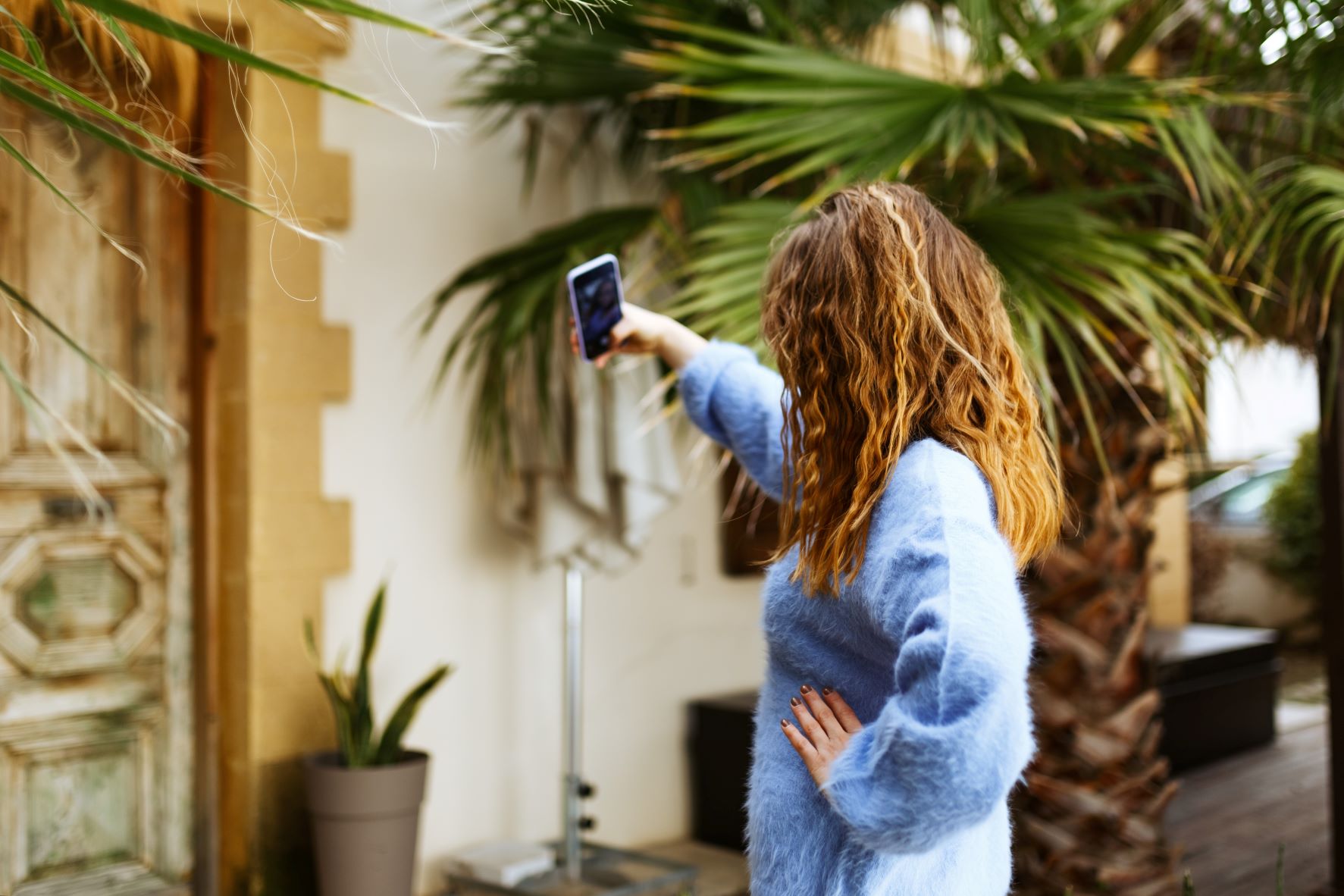Blogger and brand ambassadorships are a win-win for both parties. At one time, ambassador programs were only for celebrities. What better way to promote a brand or product than with a blogger or online influencer to assist with marketing efforts?
One of the most coveted positions for bloggers is to land an ambassadorship with a brand or company. In return for compensation, bloggers agree to be a brand ambassador where they write blog posts, promotional content, and social shares to promote a brand’s long term marketing campaign. It’s a win-win for both parties. The brand builds a long-term relationship with an influencer with an established audience. The blogger gets continuous compensation over a period of time.
Keep reading for a look at the new trends for brand ambassadors so you know how to prepare when the next opportunity lands in your inbox.

Network Niche Influencers served as brand ambassadors for a campaign with My Black is Beautiful.
New Trends for Blogger Brand Ambassadors
Concepting and proposals by bloggers. Some brands are inviting bloggers to concept or develop the ambassador relationship. This is a great idea when you consider that bloggers most interested or in tune with the brand’s product can develop a campaign that’s really authentic and resonate with other consumers.
Shorter ambassadorships. Instead of a one year agreement, brands are moving towards shorter relationships with bloggers for three, four , or six months. For example, Shelly Ismali from Mom Files is part of a three to five month ambassadorship with Coca-Cola.
360 Marketing Tie-Ins. Similar to the shorter ambassadorships, a brand may connect their brand ambassador campaigns to print or digital advertising campaign and also have the blogger(s) curate a series of posts and social shares. Brand ambassadors are also being asked to attend events on behalf of the brand. In these campaigns, a blogger becomes an authentic “face” of the brand.
Instagram requirements. As one of the fastest growing photo sharing sites, brands are recognizing the role of Instagram in social conversations. Instagram is an instantly accessible platform for bloggers to share user generated content that often gets more engagement than other social media channels. A brand ambassador can share a variety of Instagram posts or videos that showcase how a product fits into everyday life.
Product vs. Pay. For companies who are new to brand ambassadorships, they may not start the relationship with a promise of payment. Compensation with products or travel can come first, then as the brand cultivates the program, the brand may offer compensation.
Video Applications. Last year, Niche Parent Conference ambassadors were asked to submit short videos for consideration of the opportunity. A video application is a great way for brands to see first-hand, a blogger’s personality and presence. Bloggers may appear in a brand video as part of the ambassadorship, or create a video of their own.
Exclusivity. Expect a brand to ask a blogger not to blog about or do any social sharing for a competitor for a designated period of time. For example, bloggers won’t be able to share sponsored content for Verizon one week and AT&T the next week. An exclusivity agreement can last even longer than the ambassadorship, up to six months to one year after the brand ambassadorship has ended. If exclusivity is requested, we encourage you to include that as part of your fee.
Tracking HTML. To truly measure ROI and the reach of brand ambassadors, more brands are asking influencers to add tracking HTML to their posts or blogs. Bloggers are also being asked to share the number of shares or comment a post has received.
Comment below: Have you landed a brand ambassadorship? What new ambassador trends have you been seeing?
#Protip: Once you land a brand ambassadorship, make sure to include it in your blogger bio and media kit.








No Comments